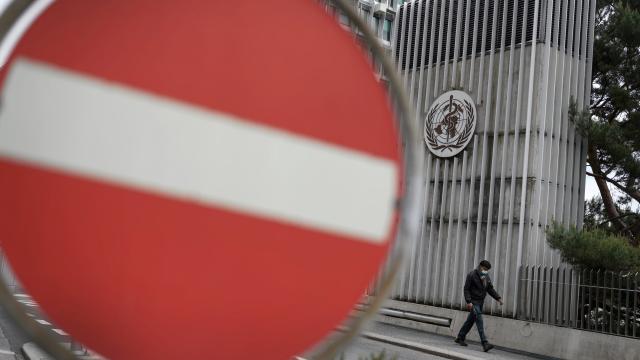The World Health Organisation held a press conference on Tuesday to clarify a surprising announcement it made a day earlier, in which an epidemiologist said that asymptomatic transmission of the coronavirus was “very rare.”
Yesterday, Maria Van Kerkhove, the WHO’s technical lead on covid-19, said at a news briefing that, “From the data we have, it still seems to be rare that an asymptomatic person actually transmits onward to a secondary individual … It’s very rare.”
Several experts were immediately sceptical. For one, the WHO provided no publicly available data to support that stance, while different types of studies have suggested that asymptomatic transmission plays an important role in the seeding and spread of outbreaks across the world. The statement also seemed vague about the distinction between asymptomatic and presymptomatic spread. Other research has shown that a person may be most infectious, judging by the level of virus shed from their body, right before symptoms appear.
Today, Van Kerkhove and Mike Ryan, executive director of the WHO’s health emergencies program, held a Q&A, which largely addressed questions about their statements from Monday.
Van Kerkhove walked back her earlier wording, saying it was a “misunderstanding” and not meant to be a new declaration of the WHO’s stance. She said that her statement to a specific question was based on unpublished research that tried to contract-trace outbreaks as meticulously as possible, including asymptomatic cases. In those investigations, she said, the occurrence of additional cases from an asymptomatic person appeared to be very rare.
But on Tuesday, she acknowledged other research suggesting that the rate of patients who are asymptomatic and capable of spreading the virus could range anywhere from 16 per cent to 40 per cent.
Van Kerkhove and Ryan also clarified that there is a difference between people who are fully asymptomatic, meaning they are infected but never feel sick; people with mild symptoms that may go unnoticed; and those who are presymptomatic, meaning they are infected with the virus but haven’t begun feeling sick yet. Those in the last group may still be plenty infectious soon before they become sick, while we know less about the risk of transmission from the other two groups.
The underlying message seemed to be that while we’ve learned a lot about the virus since it first emerged late last year, there are many unanswered questions. That includes just how likely it is that people with the virus who have no symptoms will spread it. At the same time, Ryan said that people with symptoms such as coughing do regularly spread the virus, and probably contribute more to its spread than others. But beyond that, much is unknown.
“To truly understand how many people don’t have symptoms — we don’t actually have that answer yet,” Van Kerkhove said.
Ryan added: “It’s clear that both symptomatic and asymptomatic individuals are part of the transmission cycle. The question is what is the relative contribution of each group to the overall number of cases.”
The snafu should reinforce an important lesson about this pandemic: Many of the things we think we know about the virus are likely to change in the months and years to come. That’s part of the trial-and-error process that is science. But for now, social distancing and precautions like mask-wearing remain important, even for people who don’t feel sick.
